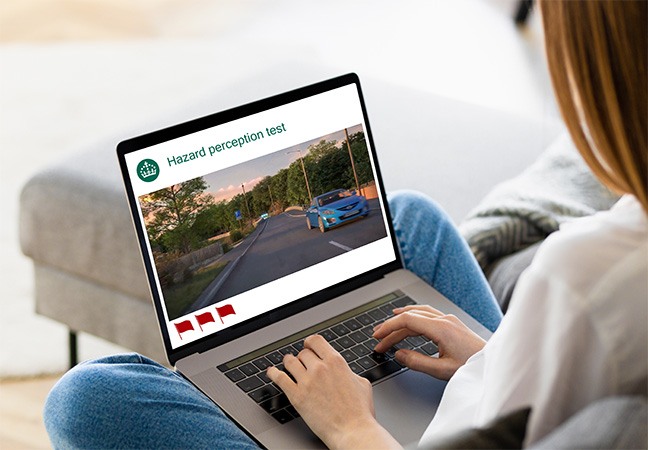The UK hazard perception test was introduced into the driver licensing process in 2002. Previous work has shown that the hazard perception test is a reliable way of measuring a skill that is critical for safe driving, with candidates who score higher having a better safety record. In 2015, the original video hazard perception clips were changed to CGI versions, which permit updating of 'look and feel' such as more modern vehicles in clips that are beginning to look dated. This study provides the first attempt to validate that a set of the CGI clips used in the official test, by showing that they can discriminate between two groups of drivers with very different levels of experience (those with more than 10 years' driving, and those who have not yet received their licence) based on their hazard perception skill.
Experienced drivers (N=105) and learner/pre-learner drivers (N=73) sat a hazard perception test with 16 clips, containing a total of 18 hazards. Hazard perception skill was measured in a similar way to how it is done in the official test, with responses to hazards in each of their ‘scoring windows’ being used to indicate how early participants spotted the hazards (a score of 0-100 being used, with each participant receiving a mean score based on their responses to all hazards). The experienced group scored significantly higher (a mean score of 55.6) on hazard perception skill than the learners and pre-learners (a mean score of 48.3) showing that CGI clips can be a valid measure of hazard perception skill on this criterion. Two clips did not show this pattern of findings, and it is noted that this is something worthy of further investigation.

